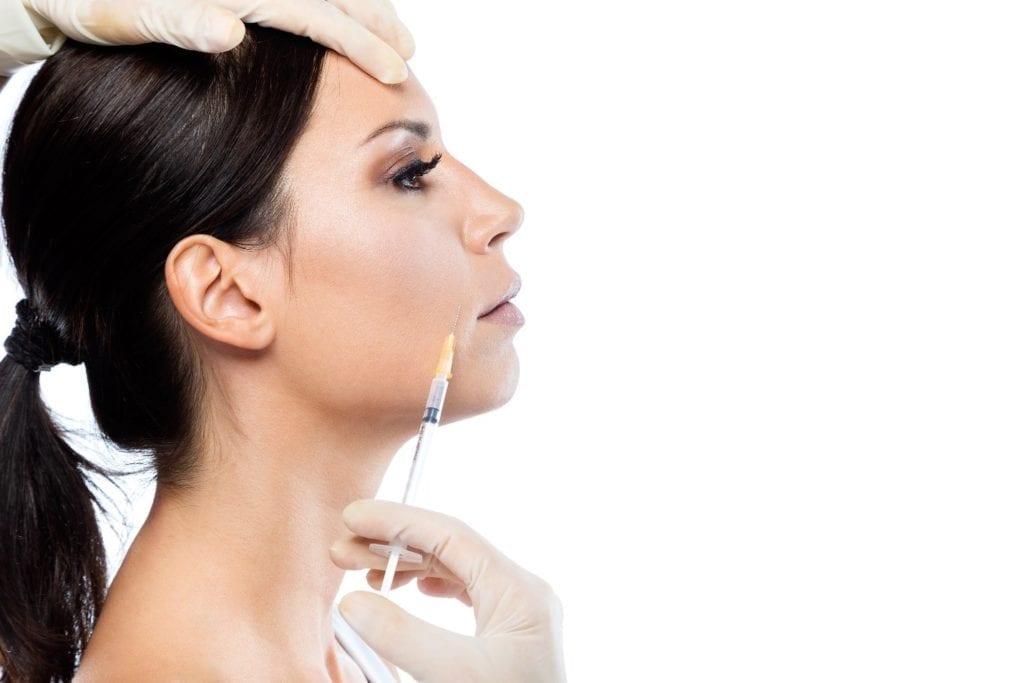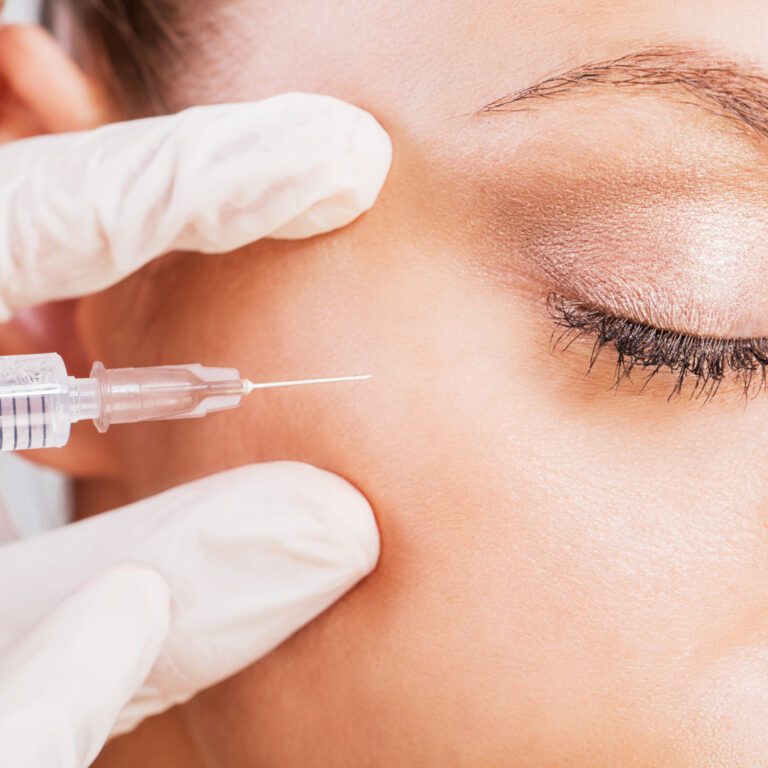
Injectable fillers offer a more youthful appearance for a fraction of the cost of a facelift. Most work to fill lines, wrinkles, and hollows in as little as 30 minutes. Fillers can last from four months up to a year.
Unlike Botox, wrinkle fillers relax the muscles under the wrinkles, filling in lines and creases.
So, what types of wrinkles can fillers help with? Let’s take a look.
Atrophic Crinkling Rhytids
These are those little parallel lines on your face that disappear when you stretch your skin tight. As you age, you lose elasticity and collagen, causing your skin to sag. It’s usually the result of sun damage.
Static Wrinkles
Static wrinkles appear over time. They’re part of the aging process and sagging skin. Sometimes, static wrinkles may be more pronounced on one side of the face. That’s because our faces are naturally asymmetrical, and we often favor one side for sleeping.
Permanent Elastic Creases
These are the crease lines that become permanent wrinkles. They’re most common around the upper lip, cheeks, and the base of the neck. From sun exposure to smoking and general aging, these wrinkles can be hard to avoid.
Gravitational Folds
These are the wrinkles that occur with age as your skin loses its structure and starts to sag.
Dynamic Wrinkles
Dynamic wrinkles occur as a result of repeated facial movements, causing the creases to become permanent over time.
How Fillers Help Wrinkles
Injectable fillers add volume and decrease lines and wrinkles in just one treatment. Some fillers stimulate collagen production, too, resulting in a fresher, younger-looking appearance.
Fillers also work to raise scar depressions, replace soft-tissue volume loss, and enhance your lips. The fillers are injected right underneath your wrinkles to replace volume and create a youthful appearance.
How many treatments you need will depend on the depth and severity of your wrinkles.
Schedule a consultation online or call us at 215-503-FACE.
Image: Freepik




